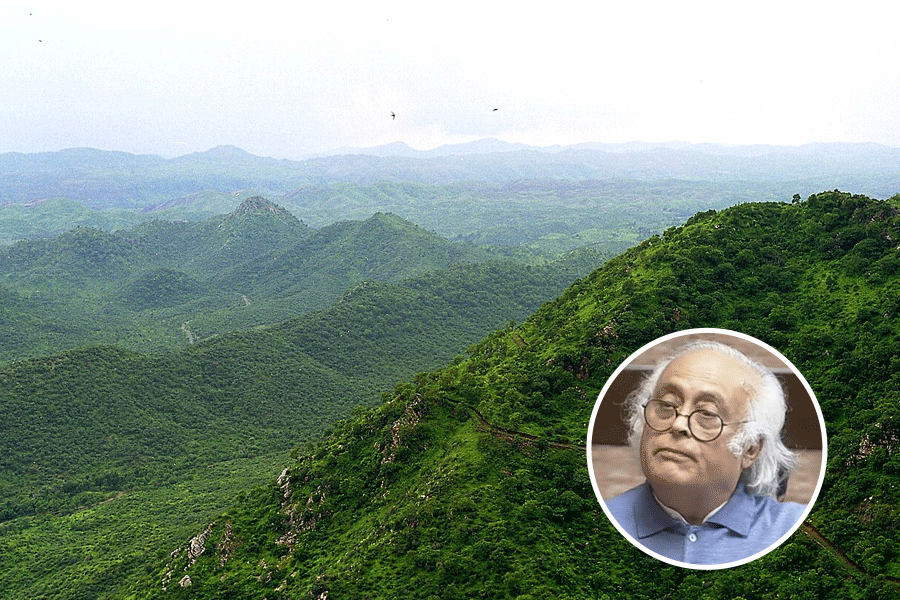“We cannot concentrate on our work when our home and hearth are in danger,” he said.
He added that while floods are seasonal, erosion has become a constant phenomenon.
A three-member central team, which visited the township last week, was surprised by the extent of erosion here, said a government official engaged in erecting temporary bamboo porcupines to stall the erosion.
Samir Sinha said, “We have taken several palliative measures under the direction of the state government. The water resources department has also taken temporary steps to control the damage caused by floods.”
The third wave of floods has inundated large areas in and around Sualkuchi, including the traditional weaving centres.
With floodwaters inundating large areas of the town and the surrounding villages, Das’ family of five, like several others, has been forced to take shelter in a government building at a safer place. The premises of the ancient Ashokastami Temple have been eroded and people wonder whether the famous annual Ashokastami Mela can be held next year.
Over 50,000 people are directly or indirectly dependent on the silk industry at Sualkuchi for their living.
The town’s tradition of weaving traces back to the 11th century, though organised weaving began only after the Ahoms occupied Sualkuchi by defeating the Mughals in the middle of the 17th century.
The Ahom kings gave the weavers land in Sualkuchi to settle down. Under the patronage of the Royals, the industry flourished.
As part of its Vision Assam 2025, the state declared Sualkuchi a handloom heritage village last year.
Sinha said, “Sualkuchi symbolises the cultural heritage of Assam. After the floods recede, we can take concrete steps to protect this silk town.”











